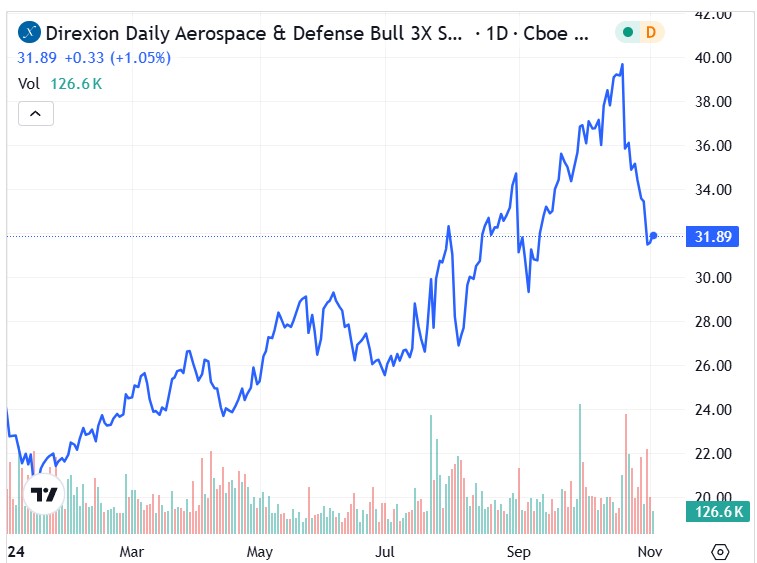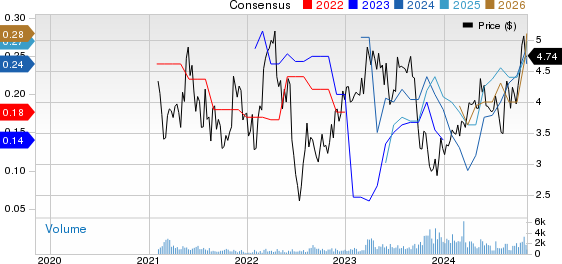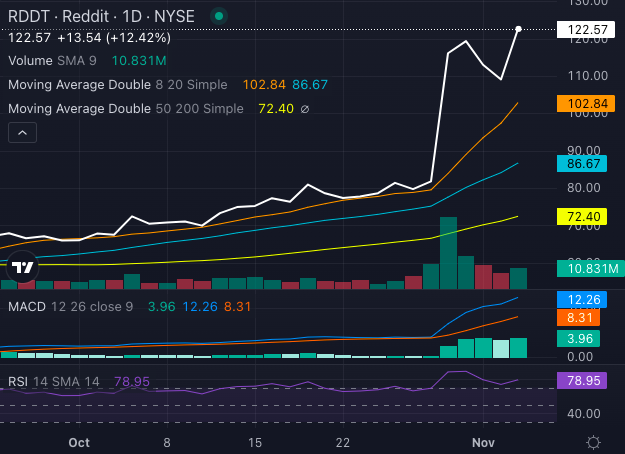Microsoft (NASDAQ: MSFT) fell 6.1% on Thursday, its worst session since Oct. 26, 2022, when the tech giant slipped 7.7%. Even after gaining 1% on Friday, Microsoft is up less than 8% year to date (YTD), heavily underperforming the S&P 500‘s 20.1% YTD gain.
Here’s why Microsoft’s stellar results weren’t enough to impress investors but why the growth stock could still be worth buying.

Image source: Getty Images.
A blowout quarter
Compared to same period last fiscal year, Microsoft grew revenue by 16%, operating income by 14%, and diluted earnings per share (EPS) by 10%. The company reports its results under three segments: Productivity and Business Processes, Intelligent Cloud, and More Personal Computing.
Intelligent Cloud includes Azure and other cloud services, server products, GitHub cloud, and more. But Microsoft sometimes discusses the broader Microsoft Cloud, which is the Intelligent Cloud segment plus other cloud services like Microsoft 365 cloud — which is technically under Productivity and Business Processes.
Microsoft Cloud revenue for the quarter was $38.9 billion, up 22%, with a gross margin of 71% — meaning that high-margin cloud revenue now makes up 59% of total revenue. Or even more staggering, Microsoft Cloud alone earned more revenue this quarter than the entire business earned in the same quarter just four years ago.
The growth across Microsoft’s cloud products and services has been a core reason the company has grown its top and bottom lines rapidly in recent years.
It has also benefited from acquisitions. The purchase of Activision Blizzard boosted Xbox content and services revenue by 61%. Take out the acquisition, and that line item would have been up just 8%.
Not every business function is firing on all cylinders. For example, Windows products and devices grew just 2%.
But overall, Microsoft’s results were excellent. Rather, its guidance and spending habits on artificial intelligence (AI) are what spooked investors.
Pouring money into AI
For the quarter, Intelligent Cloud revenue grew 20%, and Azure and other cloud services — the fastest growing part of Microsoft Cloud — grew 33%. But for next quarter, Microsoft expects Intelligent Cloud revenue to grow 18% to 20% in constant currency and Azure to grow 31% to 32% — which represents a slight deceleration in growth.
Normally, a slowdown of a percentage point or two wouldn’t be a big deal, especially given Microsoft’s incredible surge in recent years. But the company has been spending a ton of money on AI. For now, it seems those investments are not contributing enough to near-term growth figures.
During theearnings call management said that it has the first cloud to debut Nvidia‘s Blackwell system with GB200-powered AI servers. Microsoft remains on the cutting edge of AI investment and has the cash flow to pull off paying top dollar for the best of the best.
But the more it ramps up AI spending, the more pressure investors will put on the company to translate that spending into results.
For the quarter, capital expenditures (capex), including finance leases, were $20 billion. Meaning that nearly 30 cents for every dollar in revenue is getting poured into capex.
Chief financial officer Amy Hood said on theearnings call “Roughly half of our cloud and AI-related spend continues to be for long-lived assets that will support monetization over the next 15 years and beyond. The remaining cloud and AI spend is primarily for servers, both CPUs and GPUs, to serve customers based on demand signals.”
Later in the call, Hood said: “We expect capital expenditures to increase on a sequential basis given our cloud and AI demand signals. As I said last quarter, we will stay aligned, and if needed, adjust to the demand signals we see.”
In other words, Microsoft is saying that investors shouldn’t expect some of its capex to immediately pay off, but rather that these investments will set the stage for future growth. And it is saying it could continue accelerating its capital spending.
Microsoft is making the right long-term moves
Investors who focus on short-term matters may criticize Microsoft for getting overexcited about AI and recklessly throwing money at projects. And maybe that’s so in some respects. But the company has the resources to make these moves. So it’s better to overspend than underspend and fall behind the competition.
The company has an impeccable balance sheet with more cash, cash equivalents, and marketable securities than debt. It has a massive capital return program consisting of dividends and stock repurchases. In fiscal 2024, which ended June 30, it paid off $29.07 billion in debt and spent $21.77 billion on dividends, and $17.25 billion on stock repurchases.
It would be a red flag if management were ramping up capex at the expense of its capital return program or financial health, but that simply isn’t the case. The company can afford to invest in AI aggressively and is laying the foundation to be a leader in AI for enterprise software and cloud infrastructure.
Alternatively, it could use its excess cash on mergers and acquisitions (M&A) instead of organic growth. However, given that many of the AI investments are basically product upgrades to existing tools, the company should innovate on its own.
In fact, it can be a red flag when a company, especially a tech company, relies too heavily on M&A. It can be a sign that the company is incapable of growing on its own, either through poor management, a lack of talent, or a product and service suite that is losing market share to the competition.
Microsoft remains a well-rounded buy for patient investors
The sell-off in Microsoft is a buying opportunity for investors who agree with its capital allocation strategy. Moreover, management has made it abundantly clear that it intends to continue spending aggressively on AI, which could affect its near-term growth rates. So investors who believe it should pull back on spending may decide to sell the stock. And folks who want to see more-tangible results from AI monetization may want to take a wait-and-see approach.
With just a 33.9 price-to-earnings ratio, the stock stands out as a reasonably priced way to get diversified exposure to AI, the cloud, hardware, gaming, and more. Even with heightened spending, Microsoft is still growing its revenue and EPS at double-digit growth rates. All told, it remains the complete package in blue chip growth stocks.
Don’t miss this second chance at a potentially lucrative opportunity
Ever feel like you missed the boat in buying the most successful stocks? Then you’ll want to hear this.
On rare occasions, our expert team of analysts issues a “Double Down” stock recommendation for companies that they think are about to pop. If you’re worried you’ve already missed your chance to invest, now is the best time to buy before it’s too late. And the numbers speak for themselves:
- Amazon: if you invested $1,000 when we doubled down in 2010, you’d have $22,050!*
- Apple: if you invested $1,000 when we doubled down in 2008, you’d have $41,999!*
- Netflix: if you invested $1,000 when we doubled down in 2004, you’d have $407,440!*
Right now, we’re issuing “Double Down” alerts for three incredible companies, and there may not be another chance like this anytime soon.
*Stock Advisor returns as of November 4, 2024
Daniel Foelber has no position in any of the stocks mentioned. The Motley Fool has positions in and recommends Microsoft and Nvidia. The Motley Fool recommends the following options: long January 2026 $395 calls on Microsoft and short January 2026 $405 calls on Microsoft. The Motley Fool has a disclosure policy.




